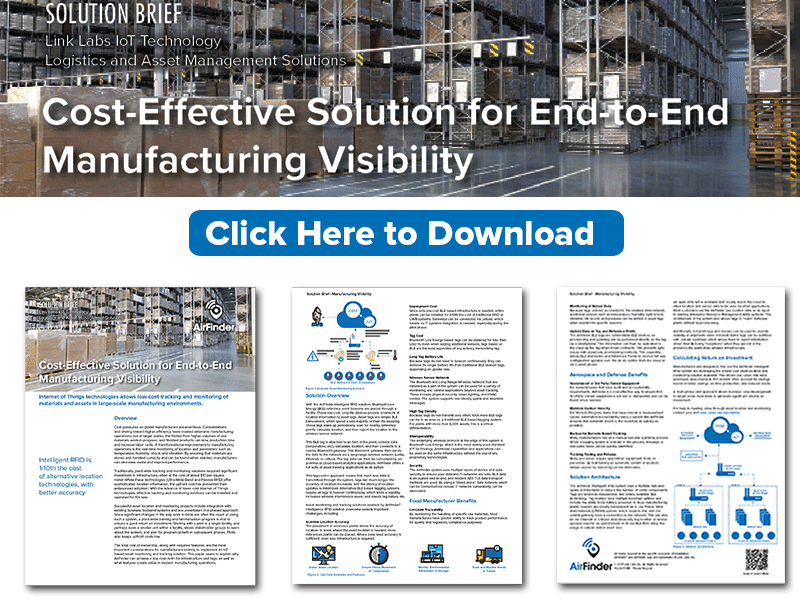If you’ve been following the industry of connected “things” for any amount of time, you’ve likely seen a number of new buzzwords creep in. What started being called “machine-to-machine” (M2M) was mostly moved to the “Internet of Things” (IoT)—and, recently, you’ve probably seen the “Internet of Everything” (IoE) mentioned a time or two. (These acronyms are sometimes used interchangeably, but the concepts behind them are somewhat different.)
So if you’re wondering what’s in a name, and you want some details around the meaning and evolution of these three acronyms, you’re at the right place.
Machine-to-Machine (M2M)
“M2M” was the first of the three terms to come about. While it’s not clear who popularized the acronym, the roots of M2M communication date back as far as the early 1970’s, when Theodore Paraskevakos invented and patented “an apparatus for use in a telephone system” responsible for “automatically transmitting information from a calling telephone to a called telephone.” In other words, Paraskevakos invented the first Caller ID.
M2M once referred to any connected machine that could “talk” to another machine, but it is now typically used to refer to machine communications using cellular or satellite networks. There’s a whole ecosystem of suppliers in this space, including AT&T, Verizon, Telit, Sierra Wireless, and Jasper.
M2M is all about connecting devices to networks that a customer pays to access—and this connectivity comes at a price. Customers must pay the service provider, purchase relatively expensive hardware, and deal with device certifications (which typically come at a high cost).
There are non-monetary costs as well, including a very high power budget. This makes cellular- and satellite-based M2M unsuitable for battery-powered devices. But for applications such as outdoor asset tracking where a constant power source is needed, M2M can be a great solution. It’s used frequently for fleet tracking, alarm panels, some industrial monitoring, smart vending, and more.
Even with these challenges, the M2M sector is poised for continuous growth in the next several years. According to research published by GSMA Intelligence, “the proportion of mobile network connections as a percentage of all M2M connections could increase from 7 percent in 2014 to 14 percent in 2020.”
The Internet of Things (IoT)
The term “the Internet of Things” was coined in 1999 by a British technologist named Kevin Ashton. (You can read more of the fascinating story behind how this term came to be in this Newsweek article.) What was originally used as a way to describe how bits of data could be transferred from an object back to the internet is now a blanket term used to describe the connectivity between a number of applications and devices.
IoT has overtaken M2M as the industry catchall term describing all connected things other than those driven by telecom carriers. The category is so big that it encompasses nearly every use case with connected devices (barring those that rely on user equipment). On the whole, IoT is focused on gathering autonomous data, making sensor-driven decisions, automating processes, and driving business value from connected things. Some low power, wide-area network (LPWAN) operators are working on creating longer-range wireless technologies that will allow customers to create a “bubble of connectivity,” which will provide coverage for buildings, city blocks, and more.
Like M2M, IoT will likely see some enormous growth in the years to come. This study shows that the total global worth of IoT technology could be as much as $6.2 trillion by 2025, and by 2020, there will be 26 smart objects for every human on earth.
The Internet of Everything (IoE)
The Internet of Everything is primarily a Cisco-driven marketing term, and it isn’t very popular yet. And while the terms IoT and IoE can be used somewhat interchangeably, Cisco is quick to point out a few differences.
Cisco defines IoE as “the networked connection of people, process, data, and things.” They say IoE creates value through connecting those four attributes. They also say IoT “refers simply to the networked connection of physical objects,” thus leaving out the people and process attributes that make up the IoE. Cisco also claimed IoE will create “$14.4 trillion in total value at stake” between 2013 and 2022.
Whether Cisco’s term will catch on remains to be seen. The distinction between IoT and IoE isn’t immediately clear. Further, it’s no secret that Cisco has a vested interest in getting more traffic to the Internet in general. When billions more “things” are connected online, Cisco will likely sell millions more routers, and so on. It is worth remembering that Cisco is a long-time promoter of IoT, and has generated a great deal of interest around it over the years.
In Conclusion
It’s easy to see that the coming years will bring about monumental growth and change for the “connected” industry—and perhaps, one of those changes will be the adoption of the next big buzzword in this space. What do you think it will be? Tweet us @LinkLabsInc, and let us know.




